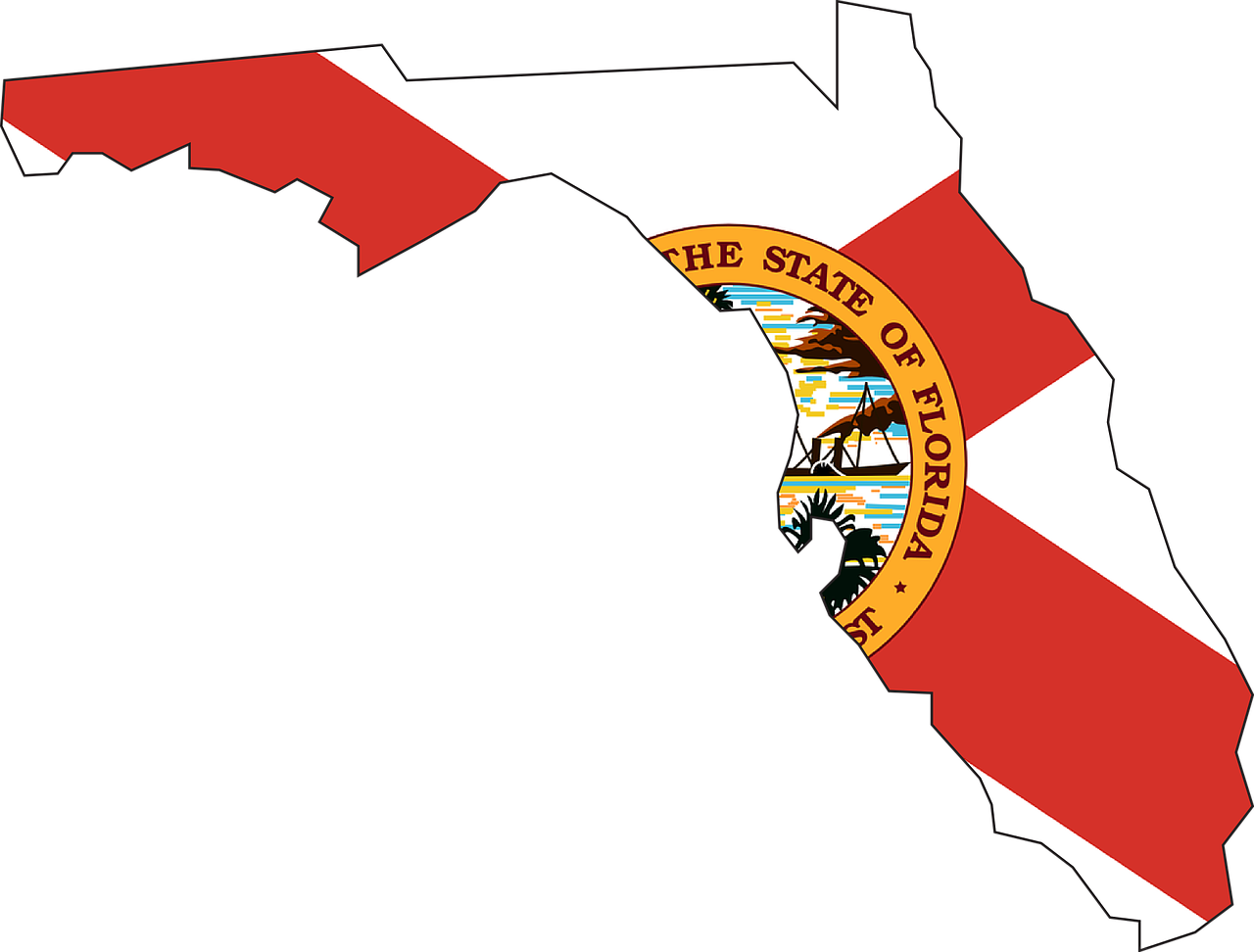 We start the week with the unfortunate news that hundreds of visa applicants were turned away at the U.S. Embassy in Bogotá, Colombia, following a political dispute between President Donald Trump and Colombian President Gustavo Petro.
We start the week with the unfortunate news that hundreds of visa applicants were turned away at the U.S. Embassy in Bogotá, Colombia, following a political dispute between President Donald Trump and Colombian President Gustavo Petro.
Tensions between the two heads of state came to a head on Sunday after President Trump wrote on his Truth Social account, “I was just informed that two repatriation flights from the United States, with a large number of Illegal Criminals, were not allowed to land in Colombia. This order was given by Colombia’s Socialist President Gustavo Petro…”
He added, “Petro’s denial of these flights has jeopardized the National Security and Public Safety of the United States, so I have directed my Administration to immediately take the following urgent and decisive retaliatory measures….”
Among these measures, President Trump vowed to:
- Raise tariffs on all Colombian goods entering the United States
- Enforce an immediate travel ban and visa revocations on all Colombian government officials, aliens, and supporters
- Order visa sanctions on all party members, family members, and supporters of the Colombian government and
- Enhance Customs and Border Protection (CBP) inspections of all Colombian nationals and cargo on “national security” grounds
Shortly thereafter, the U.S. Department of State and Customs and Border Protection (CBP) announced through their spokespersons that they would enforce the President’s orders by immediately ordering the suspension of visa issuance at the U.S. Embassy in Bogotá, Colombia.
 Visa Lawyer Blog
Visa Lawyer Blog










